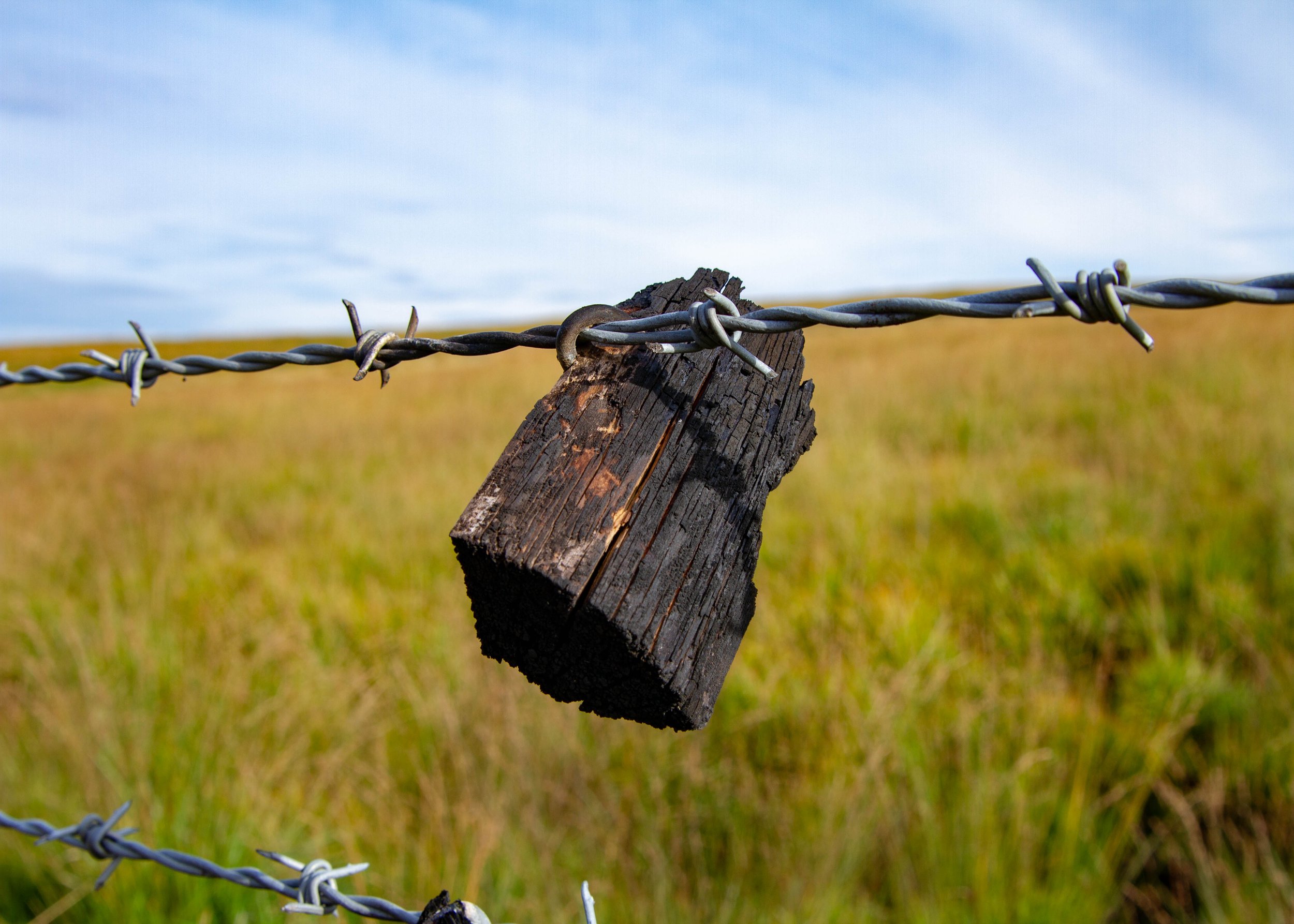Climate emergency actions
I’m now certified as a Climate Aware Photographer after completing Carbon Literacy Training with Redeye.
The course is externally accredited by the Carbon Literacy Trust who have confirmed that I meet all of the requirements of the Carbon Literacy Standard and am regarded as Carbon Literate.
As photographers we need to make environmentally conscious business decisions to take care of our planet. The below summary sets out the actions I’m taking in 2024/5 and 25/26 in response to the Climate Emergency and gives clients an idea of what to expect with my approach to projects, to ensure our sustainability values are aligned.
I recognise these actions aren’t perfect - but they’re a step in the right direction. I’ll review these actions annually in response to data evidence and new opportunities that help photographers achieve a more sustainable practice.
Last updated: July 2024.
Digital file creation, storage, privacy
I always power down any digital equipment and will continue to do so. My current supplier claims that its electricity comes from 100% renewable sources (75.3% wind, 3.7% hydro and 21% solar), offsets its carbon emissions and produces no nuclear waste. I’ll be keeping my eye on this and will review these claims every quarter.
Data storage (whether on hardware or in the Cloud) can use a huge amount of energy. I’ll implement a new internal workflow system so that I only save digital files that absolutely need to be kept and won’t save images across devices in the Cloud for any longer than necessary. I’ll review files every fortnight, deleting any that aren’t needed. I’ll build data storage clauses into my terms and conditions, so that all clients have a shorter deadline for file downloads before they’re deleted centrally by me. I’ll continue to monitor which Cloud providers have the best green credentials and will swap if I find a better alternative.
I will not create or purchase NFTs. I’ll continue to keep up to date on the latest evidence on NFTs, but at the moment I’m not convinced that there’s enough positive evidence to demonstrate these are environmentally sound.
I’ll take any practical steps I can to reduce my web based Co2 emissions through improving the performance of my website. I’ll optimise images and other media content to ensure faster load times, and I’ll avoid using bandwidth-intensive content (like video backgrounds) and auto-play. When my current web hosting platform renewal is due in 2023, I’ll swap to a new green hosting provider.
The cookies that power tracking advertisements generate approximately 11,500 tonnes of Co2 every month (source: Matthew Fuller as referenced by the brilliant Below Radar). I’ll not place paid adverts for my services through companies online who track their consumers through advertisements. I’m currently working towards reducing my reliance on Google and other social media companies that aren’t privacy-friendly and are instead party to surveillance capitalism. Read more about why this is important.
I’ll apply the ‘leave no trace’ principles to my photography. This avoids contributing towards unnecessarily increased footfall. For example, I won’t geo tag images on social media to avoid any negative impact on land and habitats.
Transport and travel
I typically work across the UK and beyond. I’ll actively look for more local and regional opportunities this year to reduce my emissions by travelling fewer miles.
I’ll hold client meetings and briefings on digital platforms wherever possible.
Where the amount of kit I need to carry allows, I’ll travel by train rather than by car. (As an example, Westhoughton to Prescot on train results in 1.04KG Co2 emissions compared with 3.49KG Co2 emissions if I drive).
Where public transport isn’t possible (for example to a rural location, or a location I don’t feel safe travelling to on public transport as a solo female), I’ll car share or hire an electric or hybrid car. I’ll use power charging points which use sustainable green energy suppliers, such as those using the Green Chargemap Pass.
I’ll stipulate car sharing as essential on shared shoots (with other photographers or artists) where public transport is not an option.
I’ll only stay in hotels that have robust green credentials (for example those which have the green check).
I’ll save for an electric vehicle with the aim of swapping my current petrol-fuelled car by 2030. Driving a standard electric car with a standard battery will mean I’m contributing 75g Co2 emissions per kilometre, compared with 214g Co2 emissions per kilometre in a petrol car.
During 2024/5 and 2025/6, all projects involving travel and/or accomodation will include an additional flat rate 'green levy’ fee of £5.00 which I'll match (one levy per project rather than invoice). Rather than using carbon offsetting schemes I’ll directly donate all green levies collected to The Woodland Trust tree planting scheme as they are doing amazing work in Greater Manchester. (A donation of £137.50 allows them to look after enough woodland to capture and store 5.5 tonnes of Co2, matching the figure of the average UK person’s yearly carbon footprint currently according to government figures. This does not support carbon sequestration projects under the UK Woodland Carbon Code and will not generate offsets. I will review whether to change to a carbon offsetting business programme in 2024-2025).
Materials and kit
It’s currently difficult to robustly calculate the exact reductions in carbon that can be saved by using film versus digital cameras because the available evidence is very limited. However, there’s a range of common-sense environmental considerations that can be made when choosing photographic materials and kit based on the data that does exist.
I’ll purchase any film or digital camera equipment within Greater Manchester wherever possible. I’ll continue to prioritise buying second hand if there’s an option to do so.
I’ll trade or sell any photography gear that’s no longer needed so that the footprint that’s gone into making it goes a little bit further.
I’ll no longer use disposable cameras for any future community work (these are common with some socially engaged projects). Instead, I’ll either: 1) use digital cameras which friends and family have already donated to me which I currently use as a ‘community camera kit box' or 2) I’ll purchase Kodak M35 cameras (or equivalent) which are a basic but reusable film camera. These are light weight and so are likely have a smaller carbon footprint than other larger and heavier cameras. (I will also consider other disposable alternatives such as the digital ‘Paper Shoot’ vegan and other eco-friendly cameras as I can afford them. These cameras use paper and recyclable batteries to take photographs on SD cards.)
I rarely use film, but if I do I’ll ensure that any 35mm film canisters I use are bio-degradable and sourced from green companies online or via a photography shop within Greater Manchester. I’ll also try to use paper-backed rather than plastic-backed film (like Washi V and Washi W.
I’ll use alternative darkroom processes (such as using a salt fixer) wherever possible. Silver crystals are converted to metallic silver when photographs are developed (the silver comes out with the fixer). This waste is toxic to the environment and needs to be disposed of carefully. I’ll therefore only use chemical developers and fixers if it is deemed absolutely necessary and will dispose of these with care.
I’ll continue to build sustainable photography methods into my community projects and creative practice as a photographic artist. I have already started doing this by increasing the amount of cameraless photography in sessions and in my personal work, for example by sharing cyanotype and anthotypes processes.
Where I create lumen prints (which use silver gelatin papers) I will use expired, second hand photographic paper and will not use a chemical fixer.
I’ll use renewable materials in my practice wherever possible. For example, using rain water from my garden water butt when developing cyanotypes, rather than tap water.
I’ll ensure other equipment used in my work with communities (such as paper, post-its) is purchased as recyclable FSC goods and/or is recycled afterwards. I am currently experimenting with alternatives to acetates to cut down on plastic waste. Where acetates are used, these are currently being kept and reused.
If work is being exhibited, I’ll choose environmentally sound options for display and interpretation wherever possible.
I’ll only work with sustainable processing and production companies who use FSC papers (preferably cotton) to print photographs.
I use 2nd class/economy Royal Mail for all deliveries wherever possible. This means only one delivery per day to your area, so there’s less vehicles on the road.
Updated July 2024.


